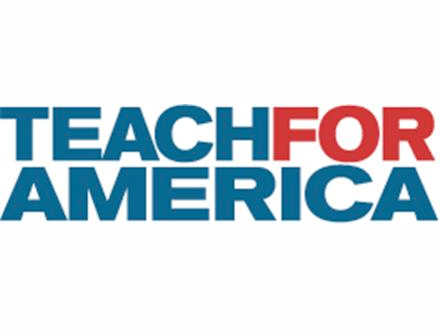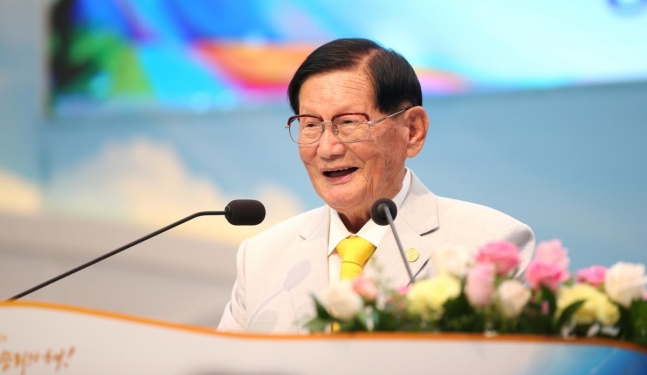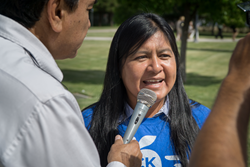Applications to Teach for America fell by 16 percent in 2016, marking the third consecutive year in which the organization — which places college graduates in some of the nation’s toughest classrooms — has seen its applicant pool shrink.
Elisa Villanueva Beard, TFA’s chief executive, announced the figures in an online letter to supporters Tuesday morning, describing the steps that the organization is taking to stoke interest and reverse the trend.
TFA received 37,000 applications in 2016, down from 57,000 in 2013 — a 35 percent dive in three years. It’s a sharp reversal for an organization that grew quickly during much of its 25-year history, becoming a stalwart in education reform circles and a favourite among philanthropists.
Teach for America now boasts 50,000 corps members and alumni; some have stayed in the classroom and others have gone on to work in education in other ways, joining non-profits, running for office and leading charter schools. Its alumni include some of most recognized names in public education, including D.C. Schools Chancellor Kaya Henderson and her predecessor, Michelle Rhee.
But as Teach for America’s influence has grown, so has resistance to it. The organization — which trains prospective teachers for five weeks and demands just a two-year commitment — has drawn criticism for creating instability in troubled schools that could benefit from sustained efforts with more experienced educators.
The declining interest means that TFA is providing fewer corps members to school districts each year: The organization generally accepts about 10 percent of its applicant pool, and it refuses to lower its bar for admission, Villanueva Beard wrote. This year’s corps is likely to be several hundred smaller than last year’s.
“These shortfalls matter. Corps members are good at their work,” she wrote. “Our school and district partners want to hire far more of them than our current recruitment effort is producing.”
The shortfalls also have budget implications for TFA, which receives a fee for each teacher it places. Regional offices might need to make “organizational changes” to ensure costs are in line with the new, smaller scale, Villanueva Beard wrote. (The national office staff, meanwhile, is shrinking by 15 percent — part of a major reorganization she announced in late February.)
She blamed the decline on a number of factors that are driving enrollment drops in many teacher-preparation programs, including the improving economy, which offers young college graduates more options than they had during the recession. In addition, she wrote, the public debate about education is polarized and “toxic,” driving away talented people from a profession that needs them.
“Anyone concerned with the future of our nation should be alarmed by the staggering decline in enrolment we’re seeing across the country in teacher preparation programs,” she wrote.
To boost interest in TFA on college campuses, the organization is focusing on recruiting students earlier in their college career, when they are sophomores and juniors, before they commit to another employer. More than 5,300 current juniors have applied to join TFA in 2017, a nearly 50 percent increase from last year.
TFA also is trying to give college students a more hands-on view of life as a teacher, including by taking them into classrooms for a glimpse of a corps member at work.
“We are changing how we recruit,” Villanueva Beard wrote. “I know it will take several years to rebound fully. I also see positive signs that we will turn the tide.”
Regional offices that are familiar with local schools will do a better job at figuring out how to train corps members so they’re better prepared to teach in those schools, Villanueva Beard said. And they’ll do a better job figuring out what it will take to help corps members once they’re in the classroom.










